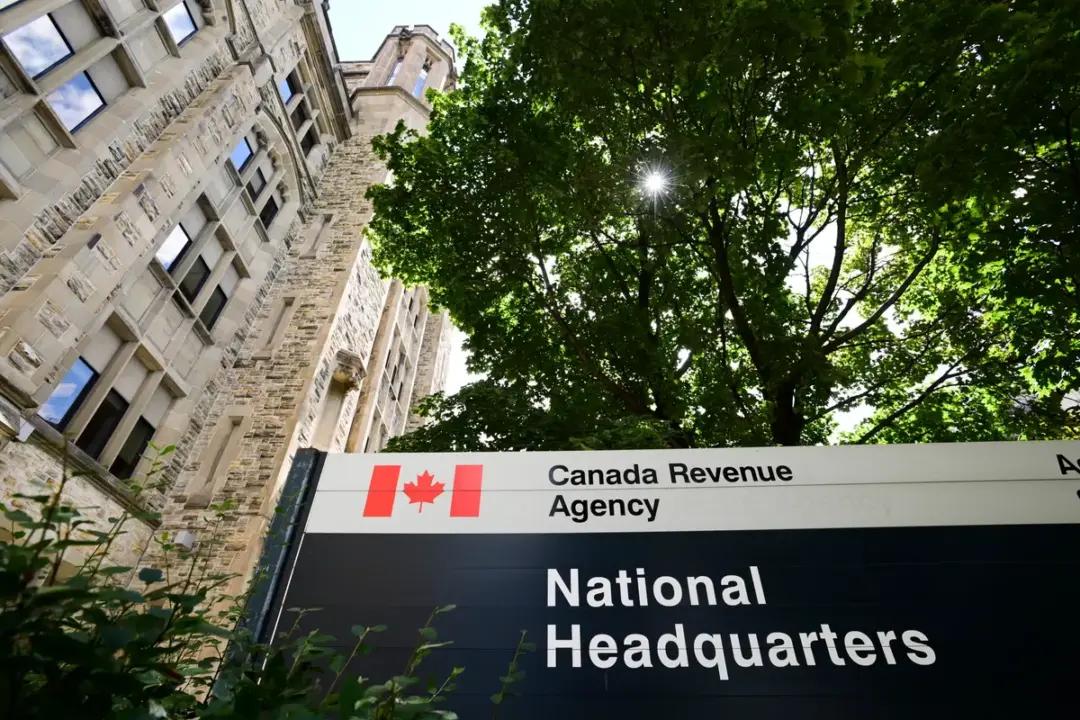In 2023, the average Canadian family paid 46 percent of its annual income in taxes—including income taxes, property taxes, payroll taxes, sales taxes, carbon taxes, and more, says Jake Fuss, director of fiscal studies at the Fraser Institute think tank.
“And that’s before any of the increases that we’re going to see in 2024,” he told The Epoch Times.





